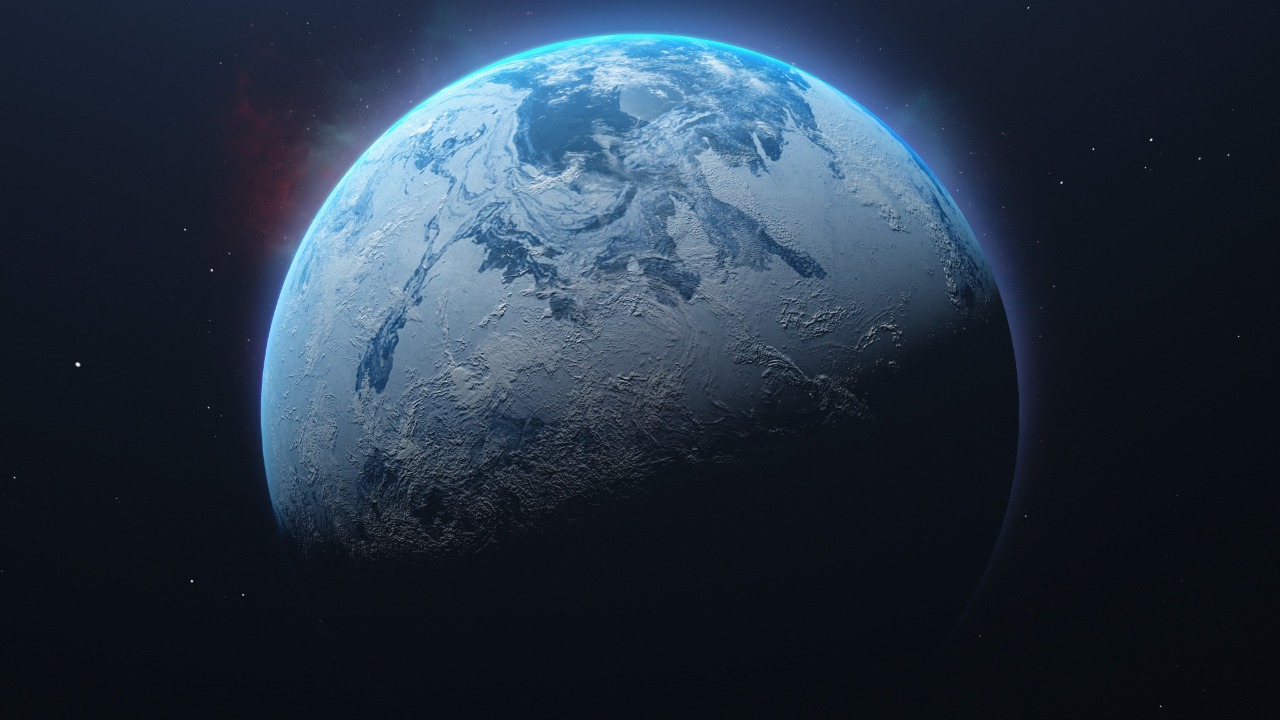
Astronomers have made a groundbreaking discovery with the identification of TOI-715 b, a super-Earth exoplanet located 137 light-years away in the constellation Volans. This planet, found using NASA’s Transiting Exoplanet Survey Satellite (TESS), boasts a radius 1.5 times that of Earth and an estimated mass about four times greater. Orbiting within the habitable zone of its red dwarf star every 19 days, TOI-715 b presents a promising opportunity for further exploration, particularly with the James Webb Space Telescope, due to its potential for liquid water and atmospheric study.
Discovery Details
The discovery of TOI-715 b was made possible through the meticulous observations of NASA’s TESS, which detected periodic dips in the starlight from its host star, TOI-715. This star, a cool M dwarf with a radius 0.44 times that of the Sun and a temperature of approximately 3,300 Kelvin, provided the perfect backdrop for confirming the planet’s transit. On February 28, 2024, the SETI Institute and NASA announced the confirmation of this transit, marking a significant milestone in exoplanet research. The planet’s 19-day orbit at a distance of 0.067 AU from its star allows it to receive about 38% of Earth’s insolation, placing it firmly within the conservative habitable zone as per models from NASA’s Exoplanet Archive.
TOI-715 b’s physical characteristics further enhance its intrigue. With an equilibrium temperature estimated at 276 Kelvin, assuming no atmosphere, the planet’s potential density is calculated at 5.5 g/cm³ if it is rocky. These estimates were derived from radial velocity follow-up using the CARMENES spectrograph, providing a deeper understanding of the planet’s composition and potential habitability.
Significance for Habitability
TOI-715 b’s position in the habitable zone of a stable red dwarf system is particularly noteworthy. This location suggests that the planet could maintain surface temperatures conducive to liquid water, provided it possesses a suitable atmosphere. The Astrophysical Journal Letters highlights the potential for such conditions, which are crucial for the possibility of life. The planet’s classification as a super-Earth, with a mass four times that of Earth, suggests it could have stronger gravity capable of retaining a thick atmosphere, potentially rich in water vapor or biosignatures detectable by future telescopes.
Moreover, the host star’s low activity level, with no significant flares observed, reduces the risk of atmospheric stripping, a common concern with more active M dwarfs. This stability, confirmed by data from TESS’s Year 4 observations, enhances the planet’s prospects for sustaining a life-supporting environment.
NASA’s Role and Future Observations
NASA’s investment in the TESS mission, launched in 2018, has been instrumental in identifying over 7,000 planet candidates, including TOI-715 b. This particular exoplanet was validated using ground-based photometry from the Next Generation Transit Survey and radial velocities from multiple observatories. The discovery underscores NASA’s commitment to advancing our understanding of potentially habitable worlds.
Future observations with the James Webb Space Telescope (JWST) are planned, focusing on transmission spectroscopy to probe TOI-715 b’s atmosphere for molecules such as carbon dioxide, methane, or oxygen. These observations are scheduled for potential cycles starting in 2025, promising to yield valuable insights into the planet’s atmospheric composition. Additionally, collaboration with the European Space Agency’s CHEOPS satellite provided crucial transit timing data, confirming the planet’s single transit nature and ruling out false positives.
Broader Context in Exoplanet Research
TOI-715 b’s discovery adds a significant chapter to the ongoing exploration of exoplanets, particularly those in habitable zones. Compared to other habitable-zone worlds like TRAPPIST-1 e, TOI-715 b is located at a greater distance of 137 light-years versus 40 light-years. Despite this, its proximity makes it a prime target for detailed characterization, offering a unique opportunity to study a super-Earth in a potentially life-supporting environment.
One of the challenges in studying TOI-715 b is the determination of its mass, which currently relies on statistical models due to the lack of direct radial velocity signals below 10 m/s. However, future data from the Gaia mission is expected to refine the star’s parameters, providing more accurate measurements. The rarity of super-Earths in habitable zones around M dwarfs further emphasizes the significance of TOI-715 b, representing one of only a few such detections in TESS’s southern ecliptic hemisphere survey.
More from MorningOverview